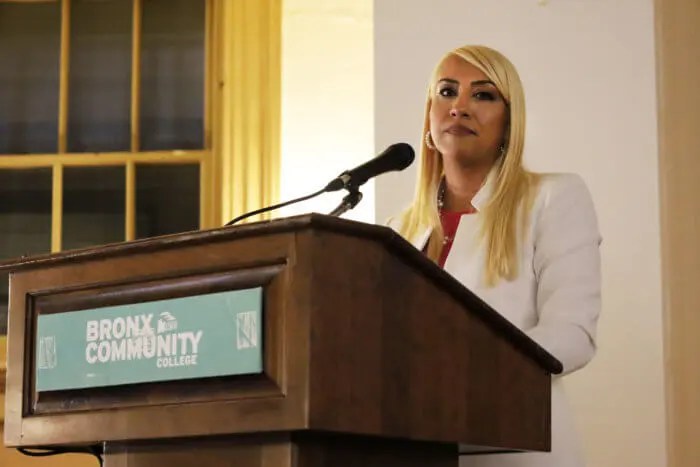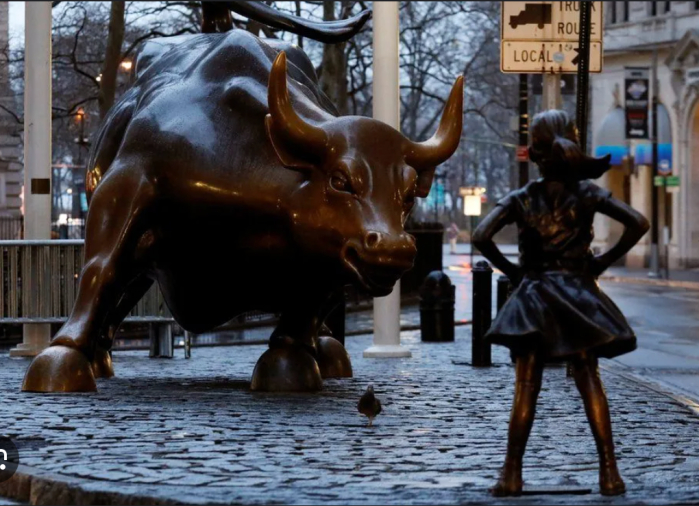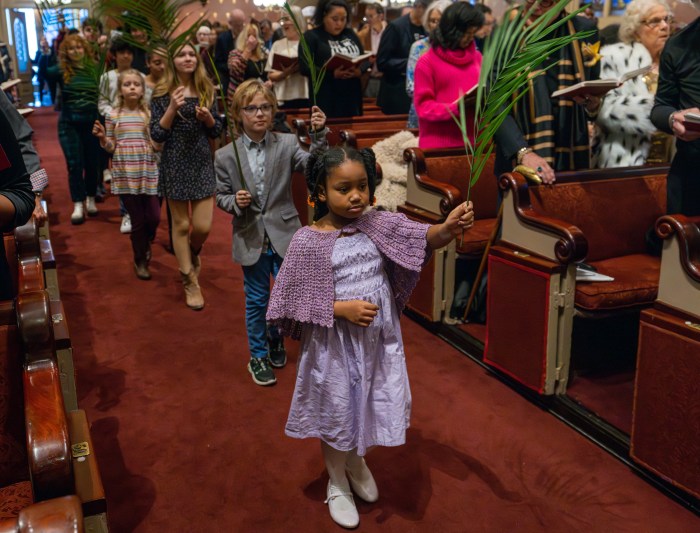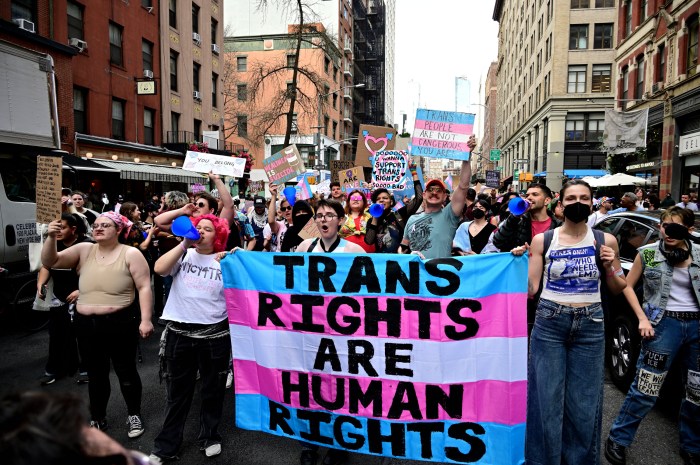Bail reform in New York may be best known for what the 2019 law eliminated: cash bail for those accused of misdemeanors and non-violent felonies.
But five years and multiple revisions and additions later, the law is less clear cut. Advocates of bail reform who argue it finally addresses racial and financial inequities support holding the line on further changes, while opponents claim the absence of cash bail contributes to a rise in crime and would favor more rollbacks.
But it is New York’s judges, regardless of their feelings about the Bail Elimination Act of 2019, who are on the front lines making determinations during arraignment whether an alleged offender is a flight risk or will return to court for future proceedings.
Given the numerous adjustments, altered language and revisions to the law, and the lack of guidance from the state’s higher courts, the New York Unified Court System announced in April that it would boost judicial training on bail reform.
Judges who handle criminal cases will be required to attend at least one hour of training each year on the state’s bail laws, with judges in their first year mandated to receive four hours and those in their second year two hours annually. The judges are taught the nuances of bail reform and rules regarding bail at arraignment and throughout the life of a case, according to Al Baker, a spokesman for the Office of Court Administration.
“[At the Judicial Institute] and in remote sessions, our judges are mastering their command of legal developments, including for bail statutes that require their discretion in issuing securing orders based solely on an individualized assessment of a defendant’s risk of flight,” Baker said in a statement.

Under state law, judges are required to release those accused of misdemeanors and non-violent felonies unless they consider them likely to skip their court date. The standard is unique to New York, as 49 states and the District of Columbia permit judges to consider public safety or the defendant’s “danger” to the community.
Joseph A. Zayas, however, the court system’s chief administrative judge, acknowledged recently that state judges do consider public safety under some circumstances.
Judge Zayas said at a forum on bail reform at the City University of New York in April, “I’m not sure anyone would admit it publicly, but obviously if someone is engaging in harmful behavior and shooting at people and doing atrocious crimes, it’s easy for judges to equate that type of behavior with an unlikeliness to come back to court, right? Because it’s easy to make that logical jump.”
At least one judge would like to see judges be granted more discretion than allowed under state law. The judge, who was granted anonymity, said judges should be able to remand without bail not only those accused of violent crimes but also those who deal drugs and commit grand larcenies for a living.
“Criminals have figured out how to game the system,” the judge said. “[They] sell drugs, get arrested, post bail, and are back on the street. They’re wrecking communities and businesses.”
Since New York’s law eliminates money bail for most misdemeanors and nonviolent felonies, those accused of those crimes can be freed on their own recognizance or released under certain conditions like electronic monitoring or supervision. Judges may also consider alternatives to pretrial incarceration, like drug treatment programs.
Hard fought reforms
The 2019 law, passed after Democrats took control of both houses in the state legislature, made release of the alleged offender the default option at arraignment. In April 2020, after an outcry from prosecutors, police, and citizens that bail reform contributed to pandemic-era rises in crime, then-Governor Andrew Cuomo, a Democrat, convinced legislators to add 30 misdemeanors and non-violent felonies to the list of charges eligible for bail.
One year later, after pushback from retailers that the law was too easy on shoplifters, Cuomo’s successor, Kathy Hochul, also a Democrat, proposed adding gun offenses and most shoplifting offenses to the list of bail-eligible cases. In protest, Assemblywoman Latrice M. Walker, a Democrat whose district includes Brownsville in eastern Brooklyn, went on a hunger strike for nine days. A determined Hochul dug in and succeeded in rolling back part of the reforms again.
Hochul later proposed eliminating the requirement that judges set the “least restrictive” pretrial conditions necessary for the defendant to return to court. Assemblywoman Walker went on a 19-day hunger strike in response. Hochul, however, held up the legislature for a month and succeeded in convincing lawmakers to kill the requirement.
Statistics support reform
Despite the repeated changes to the law, reforms have cut crime, according to Rene Ropac, a senior research associate at the Data Collaborative for Justice, a research organization at John Jay College of Criminal Justice, and colleague Michael Rempel.
In a 56-page study released last year, Ropac and Rempel found that bail reform reduced recidivism in two years significantly. The percentage of any re-arrests dropped to 44 percent with bail reform compared to 50 percent without. Moreover, the share of felony re-arrests fell to 24 percent from 27 percent.
Ropac and Rempel spoke at a judicial training session on July 10. The setting was the Westchester Marriott hotel in Tarrytown, a world removed from the bustling atmosphere of lower Manhattan and Albany. Close to 150 judges— many dressed in jeans and sweaters, others in full suits—sat in windowless conference rooms as they listened as Ropac and Michael Rempel, the data collaborative’s director, relayed their findings.
“Nobody communicated to us how we should frame our findings during that training, and while we presented statistics separately for New York City and upstate New York for practical reasons, those differences were not the main focus of our presentation,” Ropac said in a text.
Judges Tamiko Amaker, Phillip Dabney, Jr., Carrie Phillips, Ann Thompson, and Marisol Martinez-Alonso, also addressed the attendees on July 10, focusing on the way bail reform affects “the day-to-day operations and efficiency of criminal proceedings throughout the state,” according to a course description.
Judge Thompson declined to discuss her training sessions, while the other four judges, and Judge Kathie Davidson, dean of the Judicial Institute, did not return phone calls and emails for comment.
Mark Stricherz is a reporter in Washington, D.C.. His blog on non-fiction writing can be found at MarkStricherz.com
Read More: https://www.amny.com/law/




































